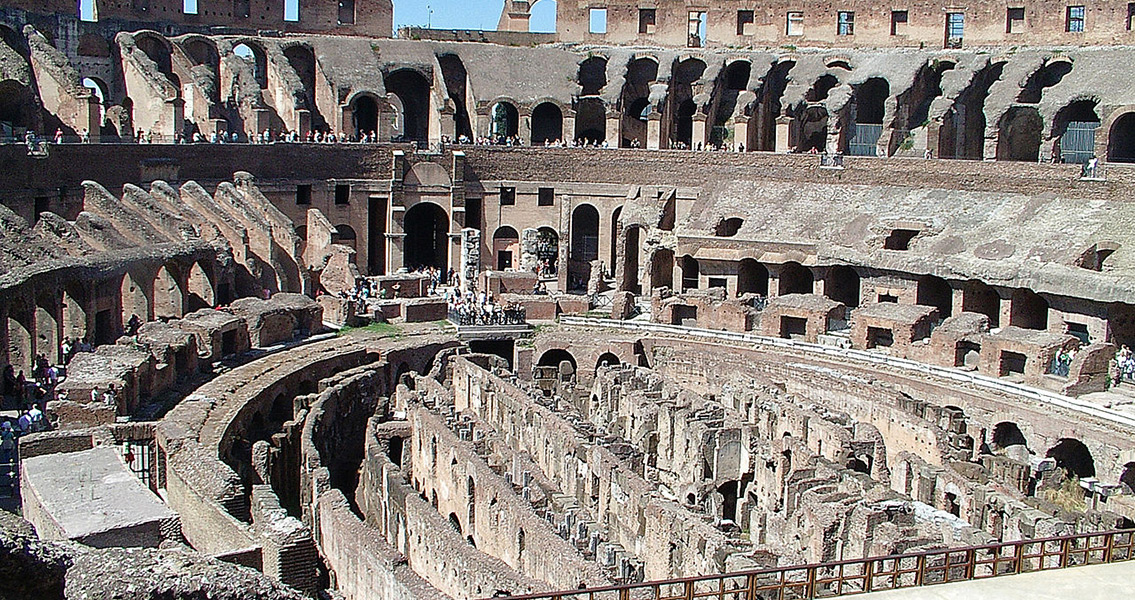<![CDATA[A team of archaeologists has recreated the lift and supporting structures that were used in the Roman Colosseum to raise wild animals to the arena where they fought with each other or with gladiators and condemned prisoners. The reconstruction was done as part of a TV documentary project for US channel Public Broadcasting System, titled “Colosseum: Roman Death Trap.” The team, also involving engineers, used Roman technology to build the lift, which can rise 7 metres high and carry animals weighing up to 300 kg. Heavier creatures, such as elephants and hippopotami, were brought onto the arena by other means. The contraption features a rectangular wooden cage and a complex system of ropes and pulleys, plus a shaft with a number of levers that had to be pushed clockwise so the lift would rise. It required the efforts of eight people to lift the cage, a job that in Roman times was done by slaves, Ancient Origins notes. The rope-and-pulley system provided simultaneous opening of the upper lid of the cage and a platform, also reconstructed by the team, via which the animals were brought from the lift into the arena without anyone operating the machinery risking their lives in the process. During the Colosseum’s heyday, there were as many as 28 lifts which brought into the arena wolves, lions, boars, bears and even jaguars. Before their “ascent” to the arena, the animals were kept in the hypogeum, or basement. The success of the reconstruction was tested by using the lift to hoist a wolf onto the platform, and from there into the arena. Everything worked as expected, with the only difference being that the animal did not have to face another animal or a human opponent at the end of the test. The Colosseum is one of the greatest hallmarks of the Roman empire, the only amphitheatre that was free-standing, rather than supported by a hill. Construction works began between 70 and 72 CE at the place where Nero’s palace had stood before the fire started by the emperor, and were completed in 80 CE, during the reign of emperor Titus, Ancient Origins relates. For all its magnificence and longevity, it’s probably a less well-known fact that so many animals were killed during games in the arena that some species went dangerously close to extinction. According to some estimates, as many as one million large predators as well as giraffes, elephants and hippopotami met their death in the Colosseum. Speaking to the International Business TImes (IBT), the Colosseum’s director Rosella Rea said it was possible early Christians were among those condemned as criminals to fight and die in the arena, although other experts, such as Mary Beard and Keith Hopkins, argue that there is no record of such a practice and it is likely that later authors who were heavily influenced by Christian doctrine created the Colosseum’s reputation as “a shrine of martyrs”. The project, however, is not over. Team leader Heinz-Jurgen Beste from the German Archaeological Institute told the IBT that the researchers will continue to study the underground parts of the Colosseum, saying that the structure’s complexity was so intimidating, it was understandable why it had never been studied in detail. Image courtesy of Wikimedia Commons user: Senior Airman Alex Wieman ]]>
Scientists Recreate Colosseum Lift for Animals
